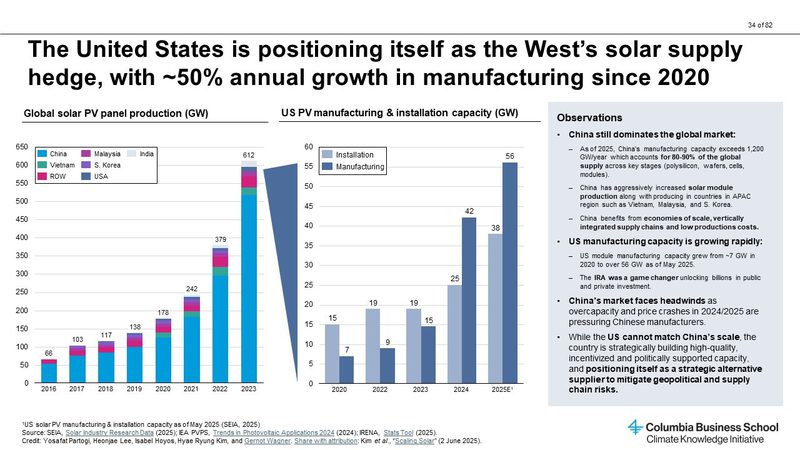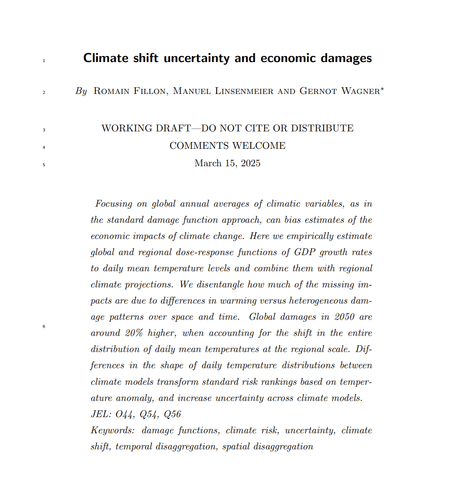Yale Climate Connections Exposé
"Geoengineering: Crazy for sure, but with big but"
By Bruce Lieberman.

Geoengineering the planet in the face of daunting challenges posed by a changing climate. It’s a crazy idea. Harvard researcher Gernot Wagner clearly acknowledges that and devoutly hopes things never get to that point.
But Wagner is just as emphatic in supporting our seriously researching the issue and learning all we can in case, just in case, it becomes the last best option.
It’s time to start thinking seriously about flooding the stratosphere with sulfate particles to cool the planet, says Wagner. A former energy expert with the Environmental Defense Fund, Wagner is a research associate at Harvard’s School of Engineering and Applied Sciences. He is co-author with Harvard economist Martin L. Weitzman of the 2015 book Climate Shock. To address the challenges of a rapidly heating planet, solar geoengineering has to be on the table, right up there with global efforts to cut carbon emissions, he says.
“If the world is serious about limiting global average warming to 2 degrees Celsius, and especially 1.5 degrees, we must seriously look at solar geoengineering as a possible option in the climate policy toolkit,” Wagner said by e-mail recently.
‘Simple’ idea?
The idea seems simple enough: sulfate particles reflect light, so disperse planeloads of them into the stratosphere. That will reduce the amount of sunlight that reaches the ground – helping to cool the planet, or at least minimize the excessive warming.
That is just what happened naturally with the 1991 eruption of Mount Pinatubo, which dumped about 17 million tons of sulfur dioxide into the stratosphere – lowering average global surface temperatures in the northern hemisphere by nearly 1 degree F in 1992-1993.
Of course, replicating the effects of a volcano by artificially pumping megatons of sulfate particles into the stratosphere is rife with risks, some known, most unknown.
Wagner isn’t alone in calling for a serious look at solar geoengineering, as he did recently in Mashable, Wired magazine (with Harvard colleague David Keith), and elsewhere. And he’s hardly a lone voice in the wilderness. Keith too has also argued for governance that’s needed to guide research into solar geoengineering.
It’s true that progress is being made to curtail greenhouse gas emissions: There is the Paris climate accord of 2015; a historic United Nations agreement on October 6 to reduce international aviation emissions; an October 15 agreement in Kigali, Rwanda, by 170 countries to eliminate heat-trapping hydrofluorocarbons (HFCs); Justin Trudeau’s carbon tax plans in Canada; and more.
But that’s simply not enough, many say, and carbon emissions continue to rise globally. Last April, the Senate’s appropriations committee expressed a desire to have the Department of Energy research albedo modification.
Continue reading on yaleclimateconnections.org


